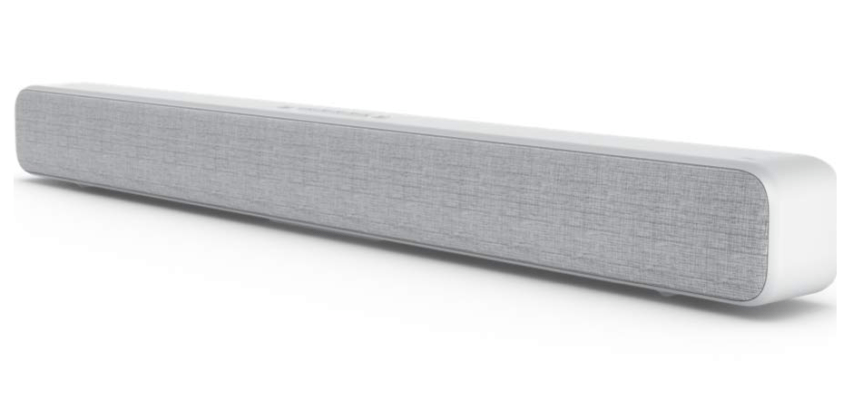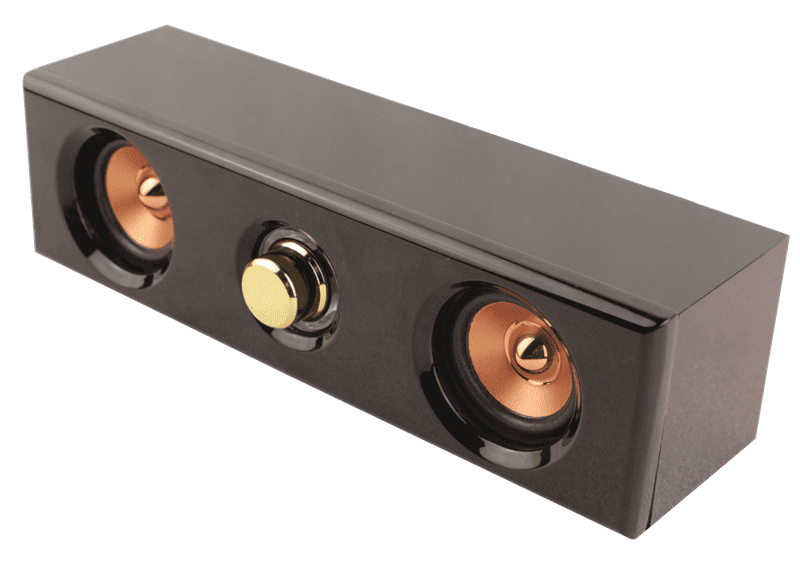
This would be a 5.1 surround sound system. Some systems utilize wireless “satellite” speakers and a wireless subwoofer. Adding a subwoofer to the system would make the channels either 2.1 or 3.1, this would dramatically increase the low-frequency capabilities of the system. While a 3 channel soundbar has left, middle, and right channel speakers.Īlso, wireless subwoofers have become extremely prominent in modern units. A 2 channel soundbar has left and right channel speakers. Soundbar ChannelsĪlmost all standalone soundbars have either 2 or 3 channels. It is crucial to the sound setup if you want to hear those deep bass booms while using your system. This is why almost all soundbars allow you to connect a separate subwoofer to it. Therefore, they cannot provide enough room for a standard-sized subwoofer (usually 8″) to be included in the enclosure. Most soundbars do not contain a lot of depth. The main thing you should know is that soundbars notoriously do not have great low-frequency capabilities. The middle of their range is usually where they both operate and sound the best! Just like you may struggle to make a very deep or super high pitched sound with your voice, it is the same for speakers. Keep in mind that most speakers struggle to produce the lowest and highest range of their frequencies. Lastly, these ranges can be produced by tweeters. Higher frequency or higher pitch sounds can be anywhere from 2000Hz to 20000Hz (2kHz to 20kHz). These ranges are mainly produced by woofers or midbass speakers. Midrange frequencies are between 200Hz and 2000Hz. The very low end of these frequencies are predominantly produced by the subwoofer. Low frequency sounds around 20Hz – 200Hz is the low pitched sound that makes up the bass. Frequency is basically the pitch of a sound and is measured in Hertz (Hz). The frequency range for a speaker is the difference between the lowest frequency and highest frequency the speaker is capable of producing. Speaker Sensitivity (dB or Decibels)ĭB Levels with Relatable Descriptions. You should note that passive soundbars tend to use high-quality speakers and will usually hold a premium price. A typical receiver or external amplifier will power this type of soundbar. There are also passive soundbars that do not contain a built-in amplifier. Some manufacturers will give out the output watts for the built-in amplifier and some won’t. You simply connect power into the soundbar, and it will drive the speakers with its dedicated amplifier. This is a little different for the soundbar specs because most of them will contain a built-in amplifier. The manufacturer will always give this figure out for normal speakers.

All speakers will have a max number of watts that they are capable of handling without being damaged. For normal speakers, the amount of power input is given in watts. For amplifiers, the amount of power that is output is given in watts. Watts is the measurement of power coming from an amplifier.

There are many different specifications that are given for both soundbars and regular speakers, I will do my best to explain them in a simple manner.Ĭheck out our article that’s specifically on traditional speaker specifications. The total watts has no correlation with the quality of the speakers included.īut before you start searching through the different soundbar specs provided, you should probably understand what they actually mean first. It's one of the best-sounding ’bars on the market, and is again great for music, and has smart assistants built in, however it has some connectivity limitations that may mean it's not the best option for some people – our Sonos Arc review gives you all the details.As mentioned above, wattage doesn’t really mean anything with respect to how the soundbar will sound ( more on other uncommonly used soundbar terms in our guide).


#Best 50 soundar bar drivers
The Sonos Arc is a bigger soundbar, suited to TVs of 55 inches and above, and is very much a home cinema bar, packing in 11 speakers, including some upfiring drivers for real Dolby Atmos. It's not as cinematic as the Sony HT-G700, but the smart speaker features and excellent music streaming (and playback quality) make it a truly superb choice, and it's more compact.
#Best 50 soundar bar full
You can even turn it into a full wireless surround system later by adding more Sonos speakers to the room, but you can start with just this well-priced soundbar. The Sonos Beam is our pick for the soundbar that most people with small TVs should probably go for – it's an ideal mix of powerful and clean sound, subtle and chic looks in black or white, and smart features including multi-room music playback and microphones for Amazon Alexa/Google Assistant.


 0 kommentar(er)
0 kommentar(er)
